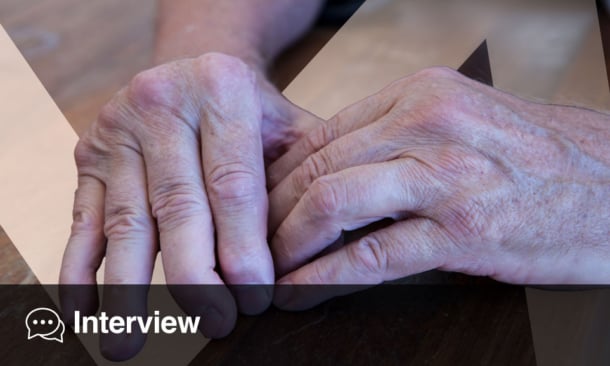EXERCISE is increasingly recognised as beneficial for people with idiopathic inflammatory myopathies (IIM), a group of rare autoimmune diseases that can cause muscle weakness, fatigue, and diminished quality of life. But a new qualitative study shed light on the many obstacles that stand in the way of physical activity for patients living with IIM.
Researchers at Royal Prince Alfred Hospital in Sydney interviewed 20 adults with IIM to better understand their experiences. Participants described five major barriers to exercise, including unpredictable symptoms, disease flares, lack of tailored guidance, and fear that exercise could worsen their condition. Logistical challenges and limited disease-specific knowledge among fitness professionals further compounded the difficulty.
Yet the study also revealed powerful motivators. Patients who were empowered with knowledge about IIM and exercise reported greater confidence and engagement. Social support, emotional benefits, and customisation of exercise routines to individual needs emerged as key facilitators.
The findings highlight the importance of personalised, informed approaches that involve both patients and healthcare providers. By addressing misconceptions and tailoring programmes, clinicians can help people with IIM stay active, improve their mental wellbeing, and preserve independence.
Reference
Li N et al. Barriers and facilitators to exercise in people with idiopathic inflammatory myopathies: a qualitative study. BMC Rheumatol. 2025;DOI: 10.1186/s41927-025-00547-2.








